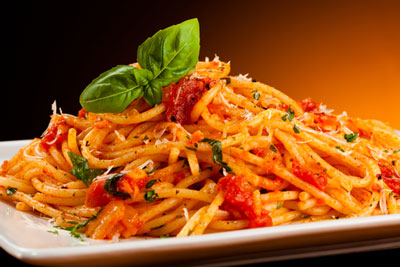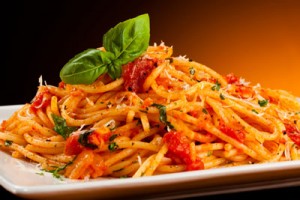Nestlé looks at the science behind portion size choice
- Like
- Digg
- Del
- Tumblr
- VKontakte
- Buffer
- Love This
- Odnoklassniki
- Meneame
- Blogger
- Amazon
- Yahoo Mail
- Gmail
- AOL
- Newsvine
- HackerNews
- Evernote
- MySpace
- Mail.ru
- Viadeo
- Line
- Comments
- Yummly
- SMS
- Viber
- Telegram
- Subscribe
- Skype
- Facebook Messenger
- Kakao
- LiveJournal
- Yammer
- Edgar
- Fintel
- Mix
- Instapaper
- Copy Link
Posted: 2 June 2015 | Victoria White | No comments yet
A new study provides evidence that ‘dietary control’ based on motivational and attentional processes in the brain play a key role in portion size choice…


A new study from the Nestlé Research Centre (NRC) in collaboration with the Vaudois University Hospital Centre, University of Lausanne (CHUV) in Switzerland provides evidence that ‘dietary control’ based on motivational and attentional processes in the brain play a key role in portion size choice.


Study leader Dr Julie Hudry suggests that those who overeat may lack such control, but that education could help these groups.
In the study, normal weight women were asked to look at photos of the same dish in varying sizes and select the ‘ideal’ portion size ‘to stop feeling hungry until an evening meal’. Using neuroimaging, the scientists documented the greater excitement that the women experienced in the ‘visual, salience and reward’ regions of the brain when they first saw pictures of portions they subsequently judged to be ‘too big’, versus the portions that they judged to be ‘too small’ or ‘ideal’. Brain activity was ultimately highest in the regions involved with attention and adaptive behaviour for the portions that the women decided were ideally sized, suggesting that they exercised dietary restraint when making their choices, balancing energetic needs against the desire to control intake.
“We found two mechanisms working in parallel,” Dr Hudry said. “One involved more in counting – how much food is present, how many calories and possibly how much reward. The second is this regulatory mechanism – judging what amount is appropriate for me to feel full until the next meal.
“What we don’t know is if this second mechanism is disrupted somehow in people who tend to overeat. Communication around this regulatory mechanism is something that could help people to control their hunger.”
Research consistently shows that when larger portions of food are served, people eat more, so unconscious choices regarding portion size may be to blame.
Some people may be unaware that they are serving an unduly large portion size
Lisa Edelson, another NRC scientist who conducts research in this area, says that some people seem to be unaware that they are serving, let alone eating, unduly large portions.
She describes one NRC study where the amount of food parents estimated that they served their children was substantially different than what scientists later saw them serve in a lab. Portioning out ‘amorphous’ foods that are hard to count or quantify, apple sauce, for instance, may be particularly difficult.
Edelson also identifies ‘mindless eating’ as another contributor to over consumption. She recommends encouraging people to serve only the amount they would like to eat in one sitting onto a plate, then to put the pack away. Even the small amount of effort required to fetch more food from the kitchen can make you consider whether you actually want it, she adds.
Nestlé commited to providing portion size guidance to support portion decisions at the point-of-sale
Research indicates the difference that education can make in choosing the correct portion size. To assist consumers, Nestlé has made a voluntary commitment to provide portion guidance on all children’s and family products by the end of 2015 to support portion decisions at the point-of-sale and moment of use.
The company is also developing new tools and new types of packaging to help educate people about what constitutes an appropriate portion size, and to help them select it. For example, in Canada, Nestlé has partitioned a 45 gram box of Smarties into three parts, with 15 Smarties containing 70 calories in total in each portion. The aim is to cause a “physical disruption to your eating pattern, to make you think before you overdo it”.
While education around portion sizes and a linked focus on packaging design is vital, cutting sugar, fat and salt levels in certain foods can make the same-sized portion more appropriate, and adopting both strategies will deliver healthier and more satisfying choices to the consumer.




